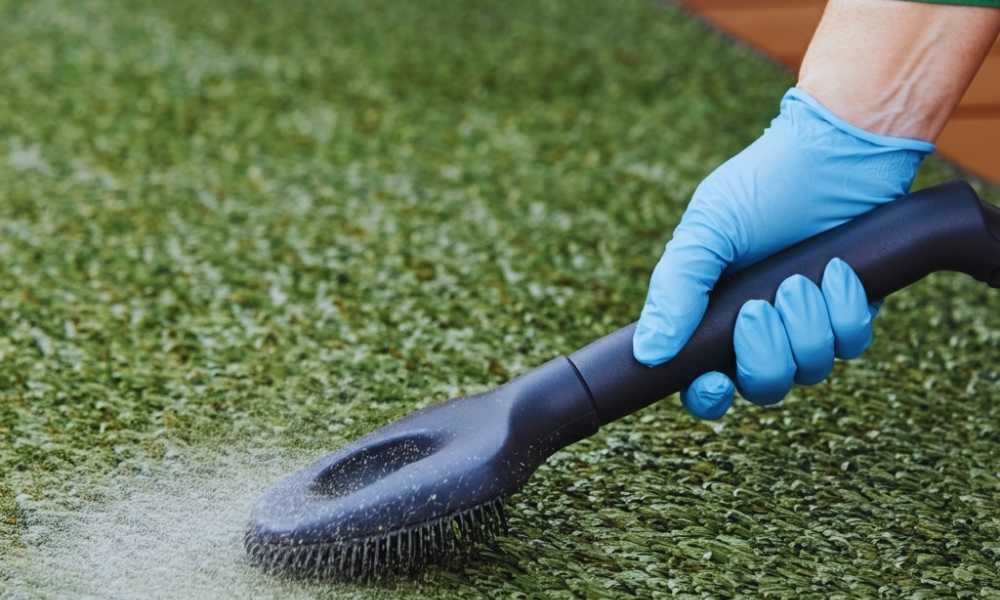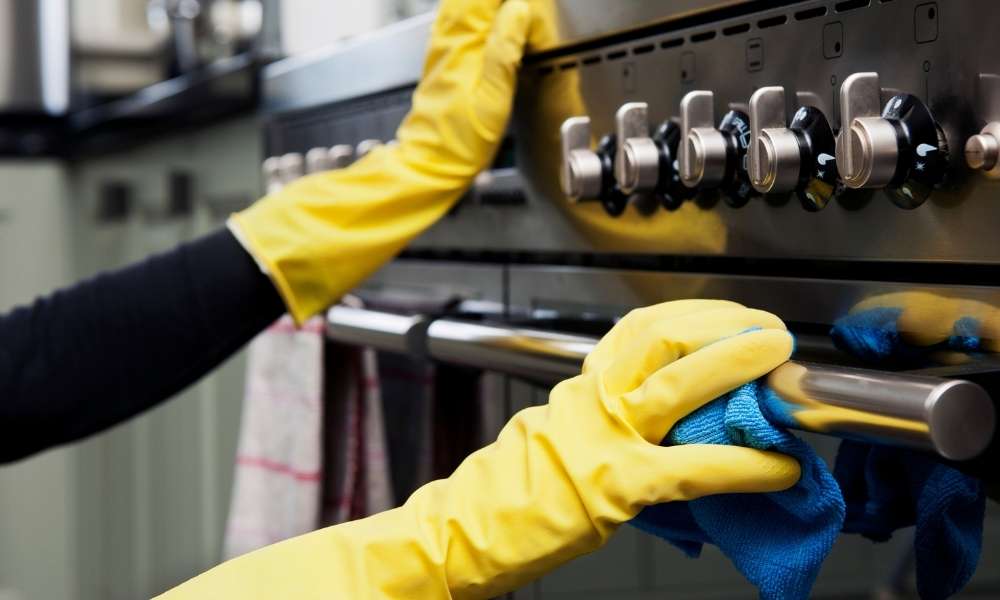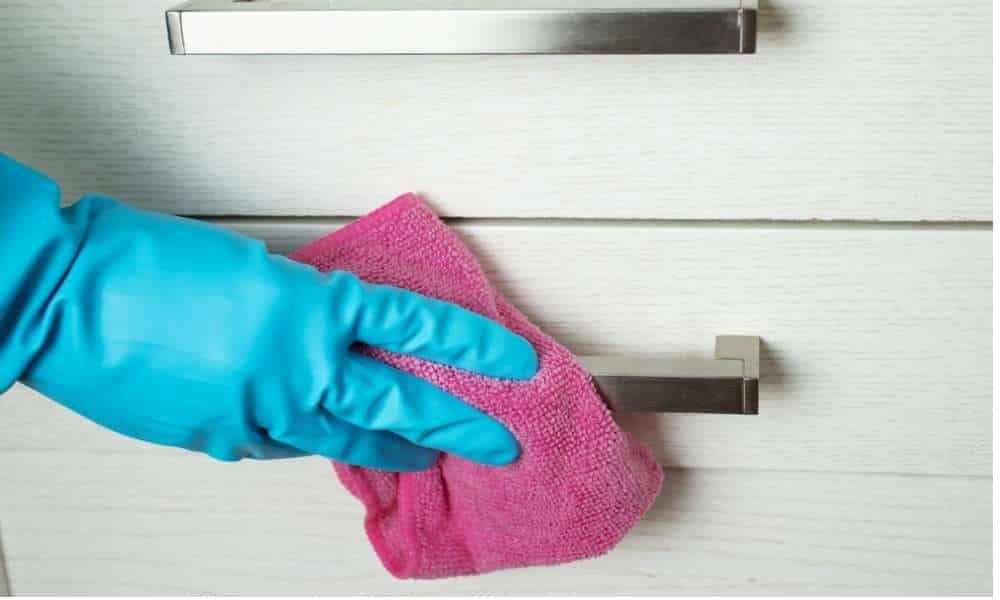Mold on outdoor carpets can shorten the lifetime of your carpet and cause health concerns in addition to being unsightly. Mold grows in wet settings, and outdoor carpets are especially vulnerable owing to exposure to rain, humidity, and organic debris. The good news is that you can successfully remove mold from Outdoor Carpet and maintain the fresh and inviting nature of your outdoor area with the correct technique.
Understand the Causes of Mold Growth on Outdoor Carpets
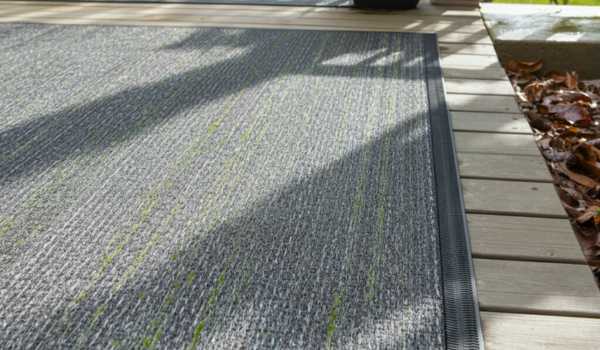
Mold thrives in warm, damp, and dark environments. Outdoor carpets, often exposed to changing weather conditions, are particularly susceptible. Here are some common causes of mould growth:
1. Excess Moisture
Rain, Improper drainage, Or pooling water create the perfect conditions for mould to grow. If water isn’t removed quickly, It can seep into carpet fibres, Encouraging mould to develop.
2. Organic Debris
Leaves, Dirt, And other organic matter trapped in the carpet can retain moisture. These materials provide nutrients for mould, accelerating its growth.
3. Poor Ventilation
If the carpet is in a shaded area or under a deck, Limited airflow can trap humidity. This dampness creates an ideal environment for mould.
Pro Tip: Regularly clean and dry your outdoor carpet to minimize these risks. Maintaining proper airflow and ensuring the carpet receives sunlight can significantly reduce mould growth.
Identify the Signs of Mold Infestation
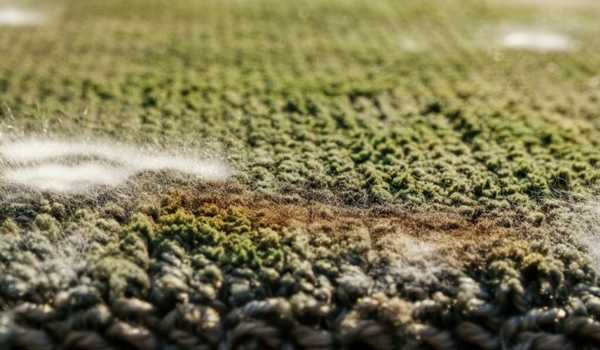
Early mould detection saves time and money on cleaning and carpet replacement. How to spot mould:
- Visual Signs: Look for black, Green, Or white spots on the carpet’s surface. Mould often appears in patches and spreads quickly.
- Musty Odor: A persistent, earthy smell is a strong indicator of mould growth.
- Discolouration: Mould could be the cause if sections of your carpet have lost their natural colour.
- Surface Texture: Mold can make carpet fibres feel slimy or rough.
- Allergic Reactions: Increased sneezing, coughing, Or itchy eyes in your outdoor space could indicate mould is present.
Quick Checklist for Mold Detection:
- Check for visible spots and discolouration.
- Sniff for musty odours.
- Feel for slimy or rough patches.
- Monitor for allergy symptoms.
Get Basic Cleaning Tools
Get these items ready to guarantee a good mold-removal experience before beginning the cleaning process:
- White Vinegar: A natural and effective mould killer.
- Baking Soda: Absorbs moisture and neutralizes odours.
- Liquid Dish Soap: Helps clean grime and debris using liquid dish soap.
- Scrub Brush or Soft-Bristle Brush: For gentle yet effective scrubbing.
- Garden Hose: Needed for rinsing.
- Spray Bottle: Convenient for applying cleaning solutions.
- Buckets: For mixing and carrying cleaning solutions.
- Protective Gear: Gloves, Masks, And goggles help shield you from cleaning chemicals and mould spores.
For severe infestations, think about using a diluted bleach solution (one cup of bleach to one gallon of water) or specialized mold removers.
Step-by-Step Guide Cleaning Outdoor Carpet Mold
1. Vacuum the Carpet
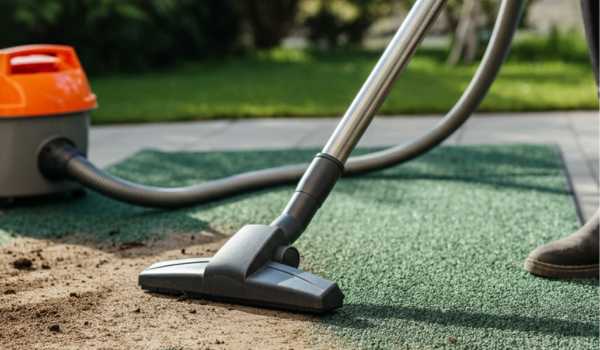
Should start, Completely vacuum the carpet to gather loose dirt and trash. This stage guarantees that the cleaning agent can get right into the fibres.
Tips for Effective Vacuuming:
- Use a vacuum cleaner with A rotating brush.
- Focus on corners and edges where dirt gathers.
2. Prepare the Cleaning Solution
Choose A cleaning solution based on your needs:
- DIY Option: Mix equal parts white vinegar And warm water. Add a few drops Of liquid dish soap.
- For Stubborn Mold: Use a specialized mould remover or A diluted bleach solution.
- Eco-Friendly Alternative: Combine hydrogen peroxide With water in A 1:3 ratio.
Pour the solution into a spray bottle For easy application.
3. Apply the Solution
Spray the cleaning solution generously over the mouldy areas. Ensure the carpet is evenly coated but avoid over-saturating it, as excess water can prolong drying.
Let it Sit: Allow the solution to work for 15-30 minutes to break down mould spores and stains.
4. Scrub the Affected Areas
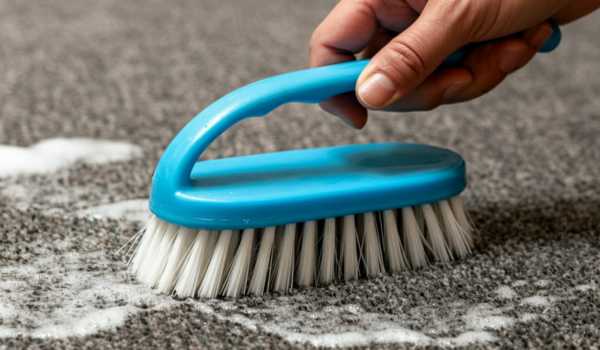
Use a soft-bristle brush Or scrub brush To gently scrub the mouldy patches. Apply firm pressure But avoid damaging the carpet fibres. For stubborn stains, Sprinkle baking soda over the area before scrubbing.
5. Rinse Thoroughly
Rinse the carpet with a garden hose to remove all cleaning residue. Ensure the water runs clear before proceeding to the next step.
6. Dry the Carpet
Proper drying is crucial to prevent mould from returning:
- Use towels to soak up excess water.
- Prop the carpet against a railing or lay it flat in direct sunlight.
- Use fans or wet vacuums for faster drying.
Important: Ensure the carpet is completely dry before placing furniture back on it.
Prevent Mold from Returning
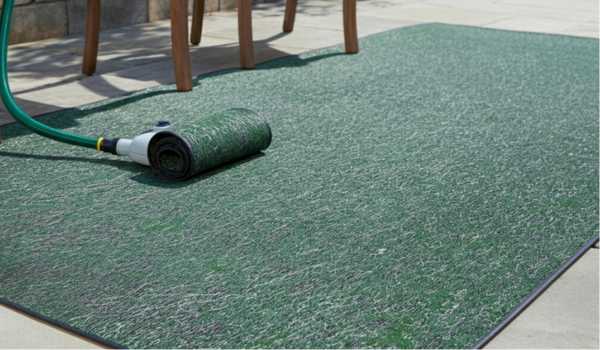
1. Regular Cleaning Schedule
Vacuum your outdoor carpet weekly and rinse it with a garden hose monthly. Remove organic debris like leaves promptly to prevent moisture buildup.
2. Sunlight Exposure
Place the carpet in an area that receives ample sunlight. Sunlight not only dries the carpet but also kills mould spores.
3. Proper Storage
If you need to store your carpet, Ensure it’s scorched before rolling it up. Store it in a dry, well-ventilated space.
4. Use Mold-Resistant Treatments
Apply mould-resistant sprays or sealants to your carpet to create an additional layer of protection.
5. Ensure Proper Drainage
Address any drainage issues in your outdoor space to prevent water pooling under or around the carpet.
Consider Professional Cleaning Services
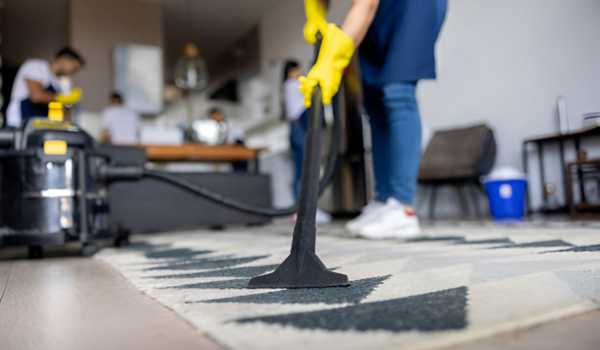
For persistent mould problems Or larger carpets, Hiring professional carpet cleaners can save time and effort. Professionals use advanced tools And products to thoroughly clean And disinfect carpets, Ensuring long-lasting results.
Cost Estimates for Professional Services:
- Basic Cleaning: $50 – $100
- Mold Removal: $70 – $150
- Deep Cleaning: $100 – $200
While DIY methods are effective for minor mould issues, A professional cleaning can handle severe infestations and help restore your carpet’s original appearance.
How To Clean An Outdoor Rug With A Pressure Washer
outdoor carpet mold removal. Start by removing any loose dirt or debris with A broom or vacuum. Lay the rug on A flat surface And secure it to prevent it from moving. Using your pressure washer on A low to medium setting, spray the rug evenly, Working from one end to the other. For tough stains, Apply a gentle detergent and scrub lightly with a brush before rinsing thoroughly. Allow the rug to dry completely in the sun before placing it back in your outdoor space.
Final Thoughts
Removing mould from outdoor carpets doesn’t have to be A daunting task. By understanding the causes, Identifying the signs early, And following A thorough cleaning routine, You can maintain a clean and inviting outdoor space. Regular maintenance and preventive measures will save you time And money in the long run.
Implement these steps today To protect your outdoor carpets from mould and enjoy a fresh, Healthy outdoor living area year-round!
FAQ
How can I prevent mould from growing on my outdoor carpet?
Regular cleaning, proper drainage, sunlight exposure, and using mould-resistant sprays can prevent mould growth.
Is bleach or vinegar better for removing mould?
A: Vinegar is eco-friendly and safer for coloured carpets, While bleach is stronger and ideal for stubborn stains on colourfast surfaces.
How often should I clean my outdoor carpet to prevent mould?
Vacuum weekly, Rinse monthly, And deep clean seasonally to prevent mould buildup.
Can I use a pressure washer to clean mould from outdoor carpets?
Yes, but use a low-pressure setting to avoid damaging the carpet fibres.

